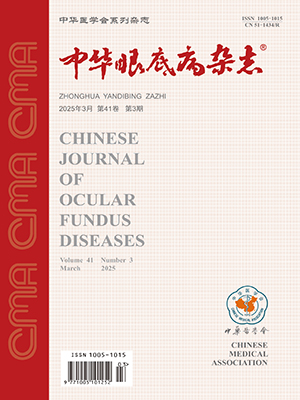Objective To preliminary investigate the impact of the diagnosis-related groups (DRG) payment method reform on the diagnosis and treatment of inpatient medical insurance patients with neuromyelitis optica spectrum disorders (NMOSD), and to propose potential improvement strategies. Methods A single-center, retrospective study. From October 1, 2020, to September 30, 2022, 44 hospitalized medical insurance patients with acute-phase NMOSD diagnosed and treated at the First Affiliated Hospital of Northwest University (Xi'an First Hospital) were included in the study. Among them, there were 11 males and 33 females, with an average age of (40.8±20.2) years. According to the implementation time of DRG payment, patients were divided into two groups: group A, which consists of cases one year before the implementation of DRG payment from October 1, 2020 to September 30, 2021, and group B, which consists of cases one year after the implementation of DRG payment from October 1, 2021 to September 30, 2022, with 20 and 24 cases, respectively. Detailed information such as hospitalization duration, treatment methods, and hospitalization costs of the two groups of patients was collected. Comparative analysis was conducted on hospitalization costs and treatment methods between the two groups. For intergroup comparison, t-test was used for normally distributed data, and Mann-Whitney U test was used for skewed distributed data. Results Among the 44 patients, 5 cases (5/24, 20.8%) received plasma exchange (PE) treatment, all of whom were in group B. The numbers of patients who received and did not receive intravenous immunoglobulin (IVIG) treatment were 9 and 11 in group A, respectively, and 7 and 12 in group B (except for 5 cases who received PE treatment), respectively. Compared with group A, there was no significant decrease in hospitalization duration (t=0.004) and total hospitalization costs (Z=0.036), as well as costs for western medicine (Z=0.036), examinations (Z=0.011), laboratory tests (Z=0.040), treatments (Z=0.017), and nursing (Z=3.131) in group B, and the differences were not statistically significant (P>0.05). For patients receiving PE treatment, except for the cost of western medicine (Z=0.062, P=0.804), the other costs (Z=8.288, 5.013, 11.400, 10.925, 9.126) were significantly higher than those of patients not receiving PE treatment, and the hospitalization duration (t=20.474) was significantly prolonged, with statistically significant differences (P<0.05). The total hospitalization costs of patients receiving IVIG treatment were significantly higher than those not receiving IVIG treatment in both group A and group B, with statistically significant differences (Z=7.690, 10.314; P<0.05). There was no statistically significant difference in the comparison of total hospitalization costs between patients receiving IVIG treatment in group A and group B (Z=0.137, P>0.05). Conclusions There is no significant decrease in various hospitalization costs of NMOSD medical insurance patients in Xi'an after the implementation of DRG payment, especially for patients receiving PE treatment. It is suggested to optimize the rate stratification of NMOSD patients when implementing DRG payment methods.
Citation:
Guo Weiyan, Lin Xuemei, Liu Yan, Chang Qiaoqiao, Liu Pei, Liu Zhongzhong, Wu Songdi. The impact of disease-related group payment methods on the diagnosis and treatment of inpatient medical insurance patients with neuromyelitis optica spectrum disorders in Xi'an and its improvement strategy. Chinese Journal of Ocular Fundus Diseases, 2024, 40(6): 449-453. doi: 10.3760/cma.j.cn511434-20240110-00018
Copy
Copyright © the editorial department of Chinese Journal of Ocular Fundus Diseases of West China Medical Publisher. All rights reserved




